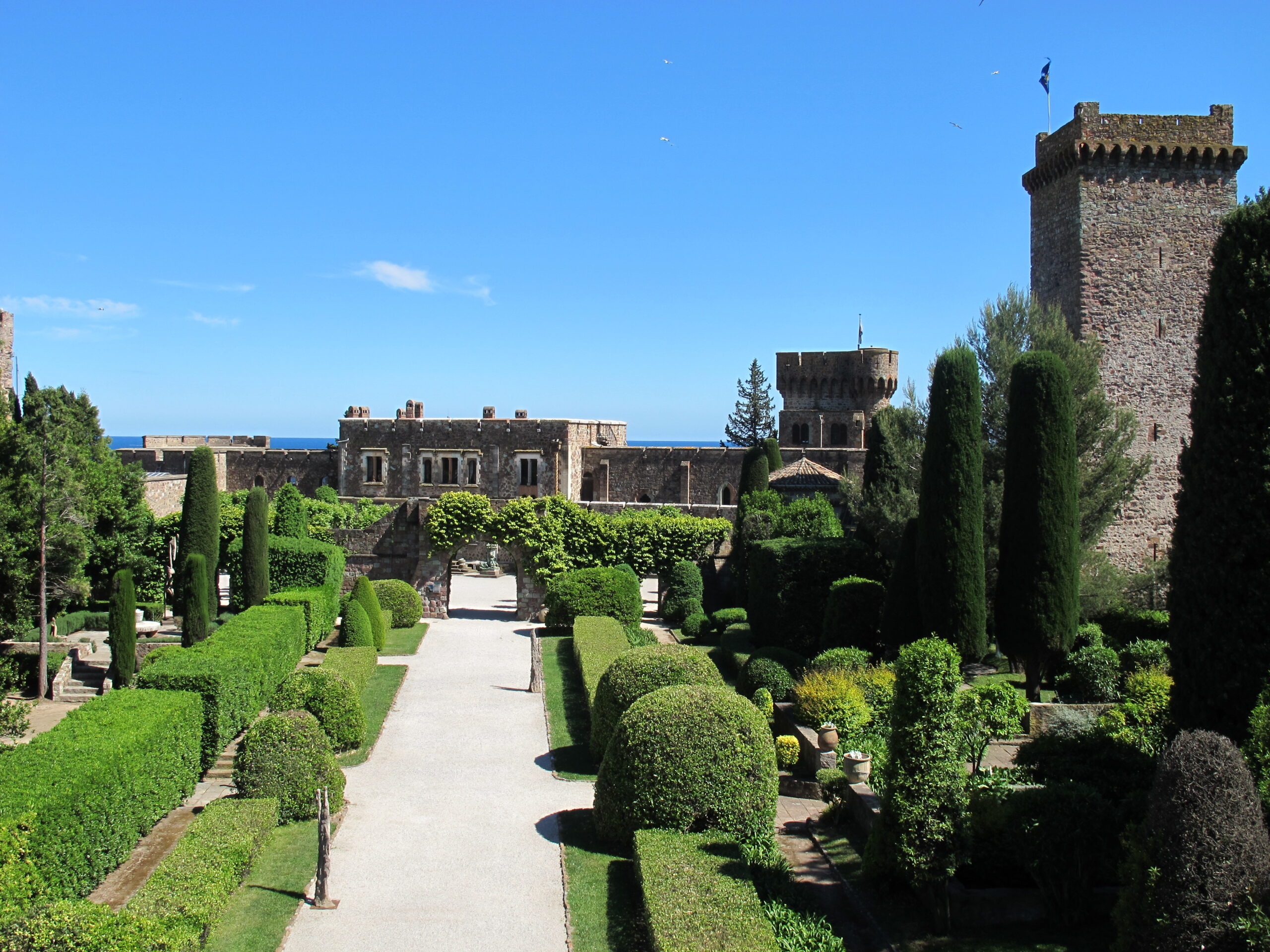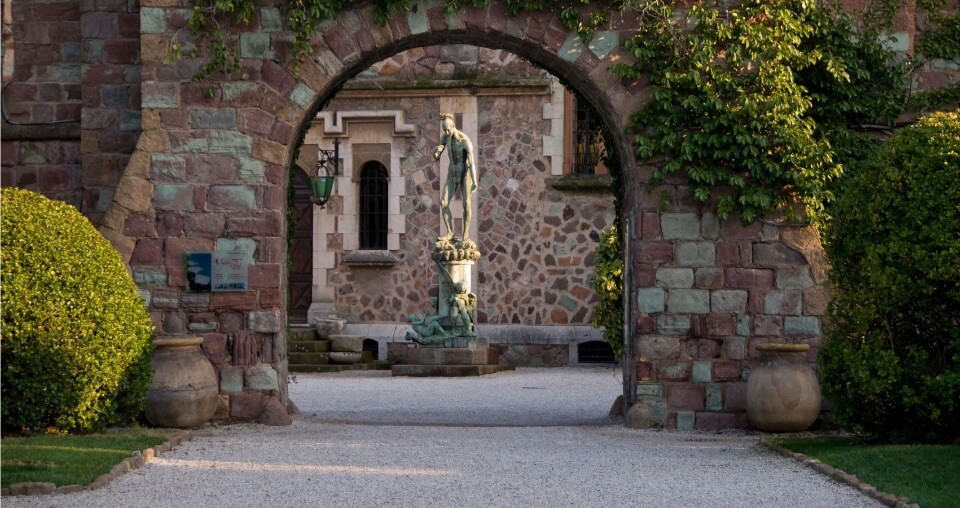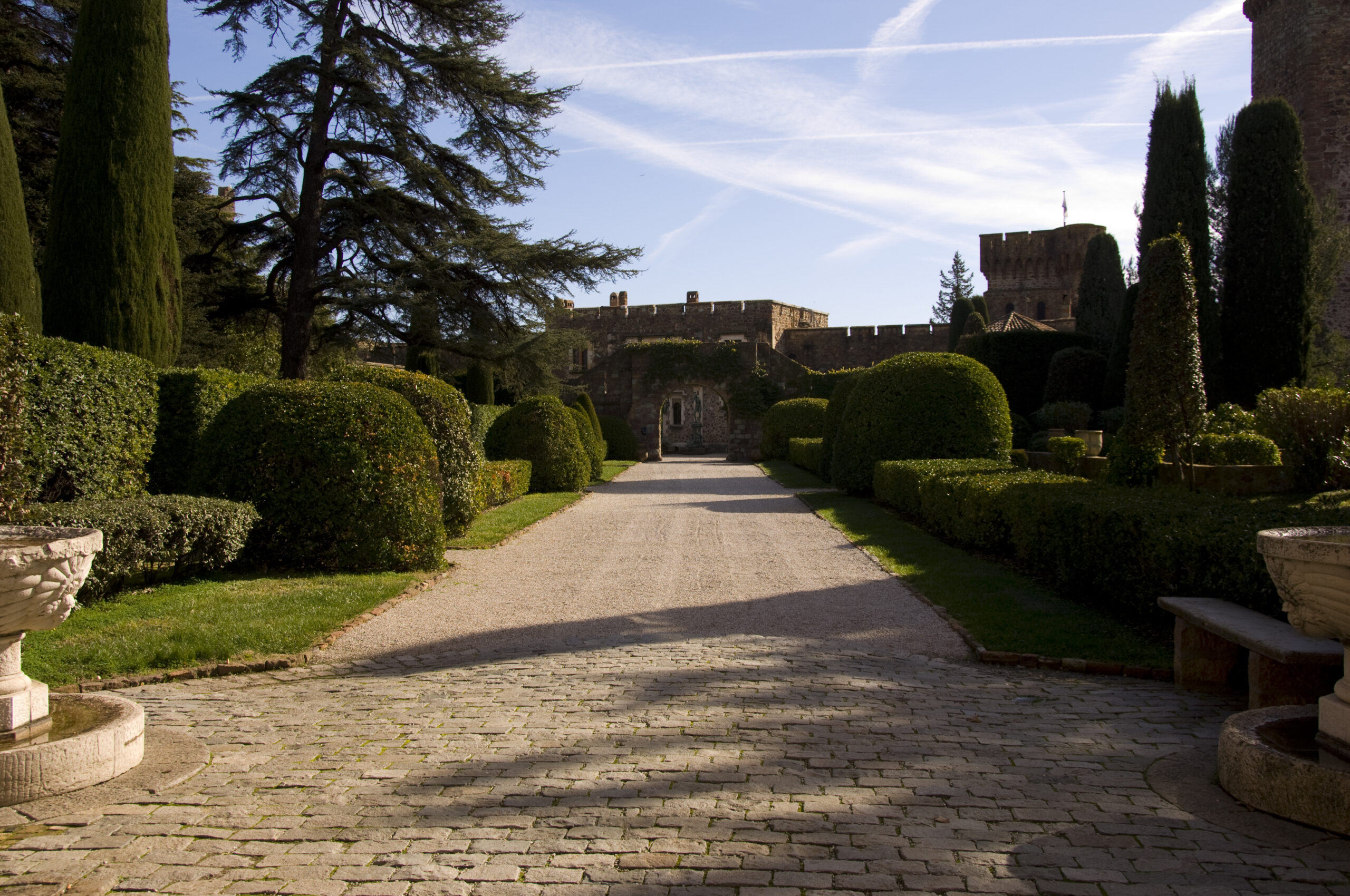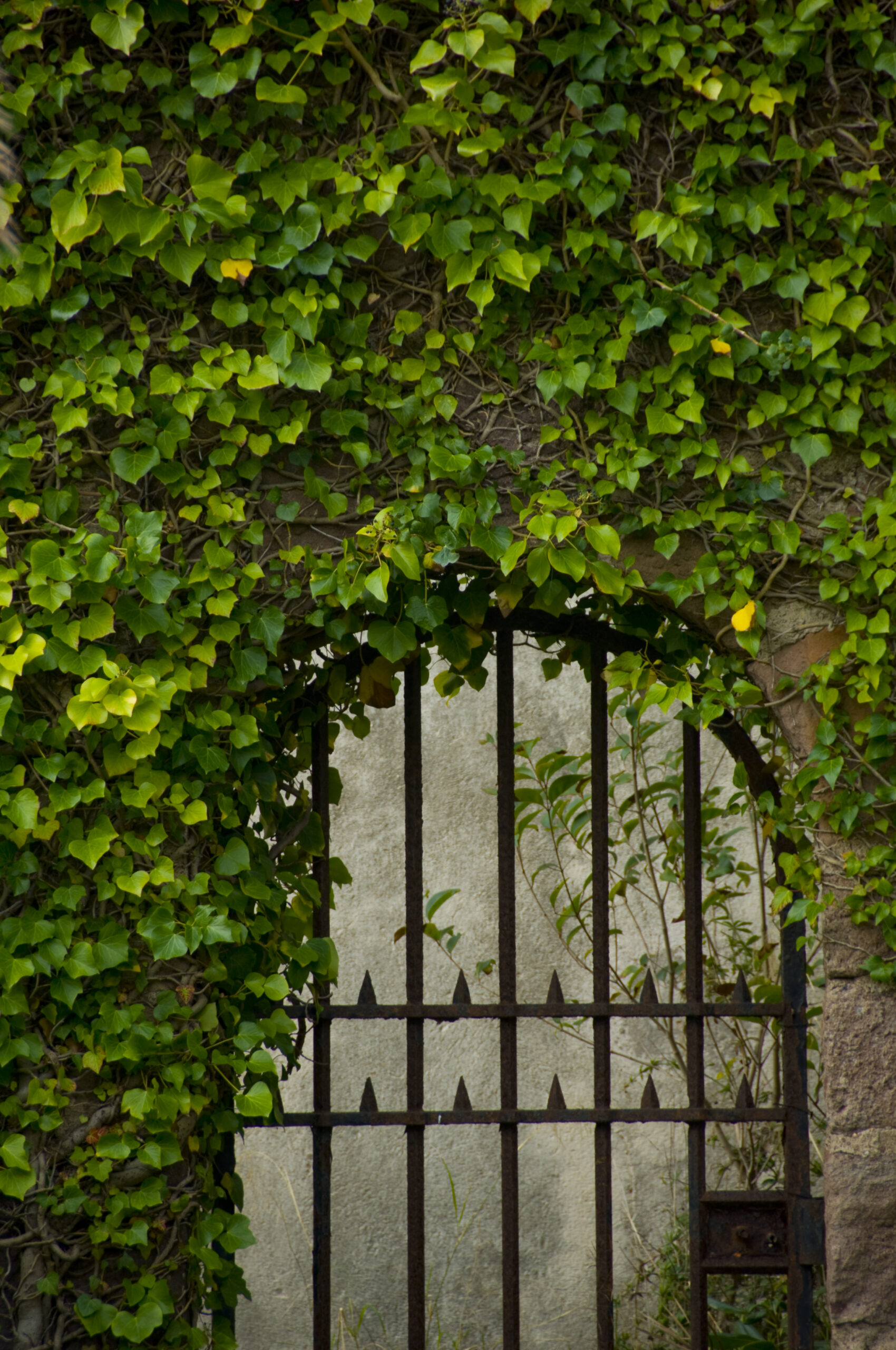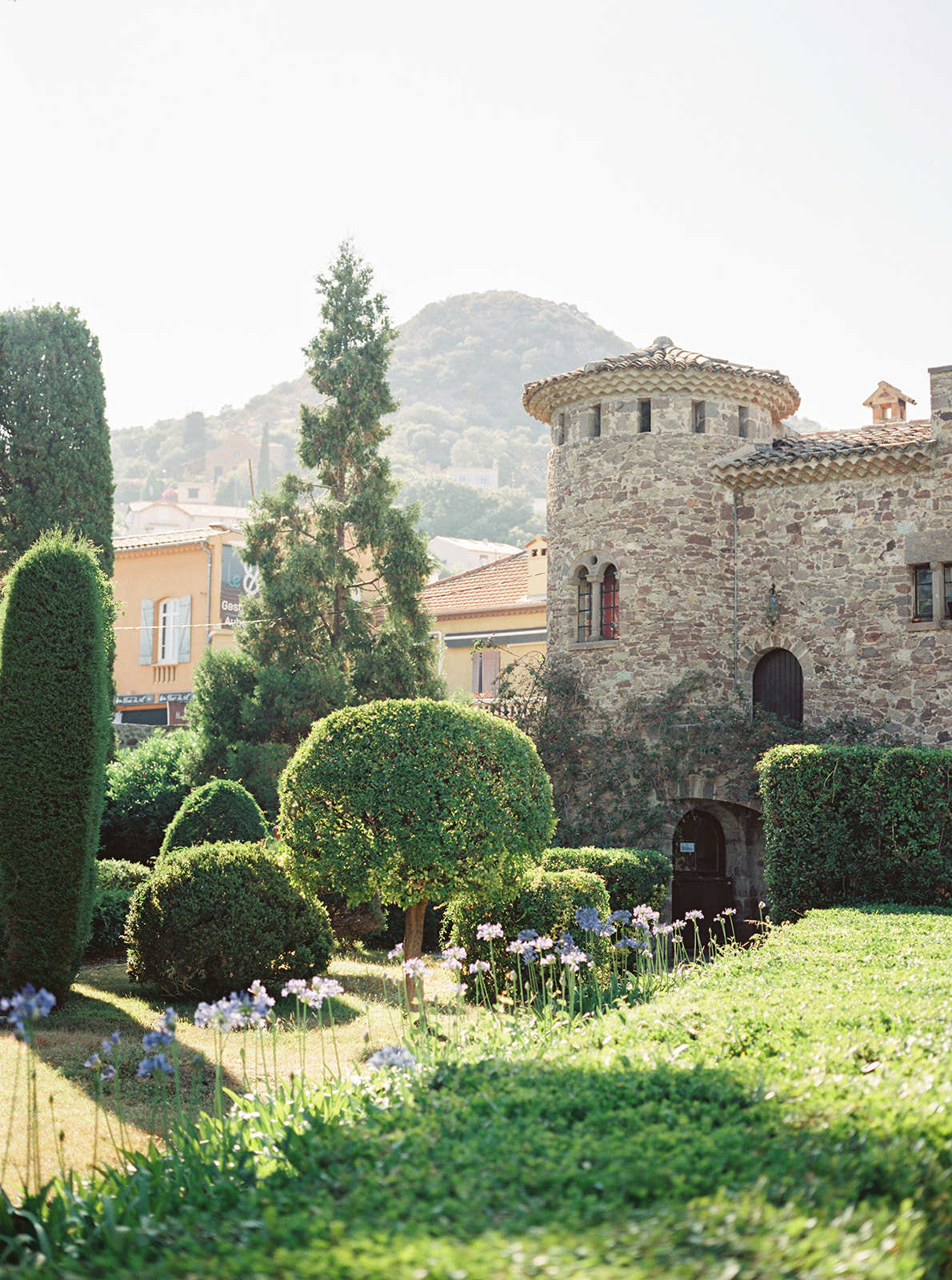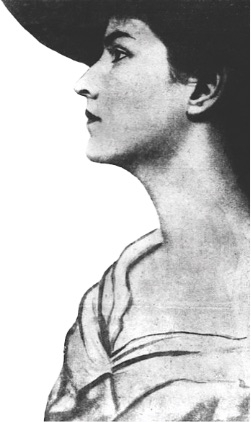 Elsie Whelen was born in Philadelphia, Pennyslvania in 1883. As a young girl she took an interest in arts and opera, something that would carry throughout her life and see its fulfillment in the future La Napoule Art Foundation. Elsie, her sister Laura, and their mother spent a couple of years in Germany, where Elsie soaked up art and especially opera, passions that would carry throughout her life.
Elsie Whelen was born in Philadelphia, Pennyslvania in 1883. As a young girl she took an interest in arts and opera, something that would carry throughout her life and see its fulfillment in the future La Napoule Art Foundation. Elsie, her sister Laura, and their mother spent a couple of years in Germany, where Elsie soaked up art and especially opera, passions that would carry throughout her life.
Elsie married her first husband, Robert Goelet, in 1904. They traveled the world before settling in New York and Newport, Rhode Island. Her love of opera intensified in New York, where she had access to the best performances. However, Elsie was stymied by the fact that she could not have real involvement in the arts, other than as a passive audience member. It was difficult for her to incorporate the arts into her society lifestyle, where it was not seen as part of her duties as a young wife.
When Elsie met Henry Clews in 1910, she was intrigued by his “brooding melancholy…that set him apart from other men.” He was intense and curious, but the two quickly clicked, having long conversations about art. Elsie was still married to Robert Goelet, and the couple had two young sons, but she felt deeply that her destiny was with Henry. Despite her misgivings about upending her life as she knew it, Elsie and Robert divorced. After some time, Henry and Elsie (rechristened Marie by Henry) were married on December 19, 1914, in a union Henry’s mother described as “mad.” Henry and Marie left shortly thereafter for their new life in Paris.
The artistic couple thrived in Paris. Henry worked on his sculpture while Marie pursued her own love of music. Paris, however, became a harrowing place to live with the arrival of World War I and their newborn baby, Mancha Madison, became ill just after his birth. Their son’s diminishing health, combined with frequent air raids, forced the couple to relocate to the Mediterranean, where they discovered the dilapidated and abandoned ruins of the Château de La Napoule.
Situated just west of Cannes, the Château de La Napoule occupies a magnificent seafront site first settled by the Romans more than 2,000 years ago. Originally erected by the Villeneuve family during the 14th century, the fortress was destroyed and rebuilt eight times before it was transformed into a glass factory in the 19th century.
After staying for a summer, Henry and Marie bought the property and returned for good in 1919. They embarked on a seventeen-year journey to restore the building together. Marie took over as architect and landscape designer. She integrated two original towers, Saracen and Romanesque, into the walled complex. She added a turreted gatehouse, tall ramparts, and sea view terraces. Marie drew plans for over four acres of formal gardens, filled with fountains and topiary embellishments. Henry adorned each column, capital, and crevice with mythical creatures. Every gate, window, and doorway were individually designed and crafted. Their hard work left a remarkable legacy. Today the Château is registered as a monument historique and the gardens have received the designation jardin remarkable by the French Ministry of Culture.
Marie’s gardens complement the architecture of the Château de La Napoule’s neo-medieval style. The main garden opens with a majestic center alley bordered by hedges, basins, and panoramas to the sea. Smaller pockets, invisible from the center alley, are discovered through exploration. The four gardens within the Château are filled with large, old trees. Like a painting, greenery is the primary element, contrasted with few white flowers that bloom in summer. Most plants are evergreen, including cedars and eucalyptus.
Besides the main garden, other gardens include the La Mancha garden, the sea terraces, and the secret garden. The two-story garden of La Mancha surrounds the Tomb Tower, where Henry and Marie Clews are buried. The terrace garden, filled with cypress and rosemary hedges, overlooks the Bay of Cannes and the panoramic coastline of Mandelieu-La Napoule. The small corner secret garden was Marie’s haven; it centers a Venetian well and is bordered by blackberries.
After Henry died in 1937, Marie steadfastly protected the Château; she was ultimately the one who brought to life the dream of a sanctuary for artists. She had always envisioned gathering by the sea the world’s best painters, sculptors, musicians, writers, and composers to promote a dynamic intercultural exchange. For more than 20 years after Henry’s death, she did whatever was required to realize that dream.
During World War II, Marie lived in the Gatehouse to prevent major damage to her beloved Château when its rooms were occupied by military forces. She buried Henry’s sculptures in the courtyard to protect them from looting and damage.
As she neared the end of her life Marie had a choice to make. She could have easily given the entire Château to her children. But instead, she embarked upon the realization of her dream of that sanctuary for artists, the creation of La Napoule Art Foundation. Marie worked tirelessly to gain support from both the French and American governments for establishing the Foundation. She labored relentlessly to attain an Absolute Charter from the State of New York, the same rare Charter that is enjoyed now by New York’s Metropolitan Museum of Art and the prestigious Museum of Natural History. That document made La Napoule Art Foundation the first American Museum chartered on foreign soil.
Marie was a pioneer when she invited the first resident artist, sculptor Edward (Ned) Hoffman, to work at the Château de La Napoule in 1951. Since then, LNAF has offered time, space, and opportunity for artists from America, France, and around the world. Internationally known artists, scholars, and journalists from at least 40 different countries have come together at the Château–from film festival and Oscar winners to Nobel Laureates–to contribute to the greater good of mankind.
Marie believed in the importance of the arts. Having lived through two devastating world wars, she knew there had to be a better way to communicate and to resolve our differences. She saw art as the vehicle to do that. Artists speak an international language with a power to unite us around the world, and Marie knew that art can give solace and sustenance in the most difficult times.
“Art is a peaceful and spiritual occupation and must flourish brightly to offset the horrors of war and maintain the balance of the human mind.” -Marie Clews
